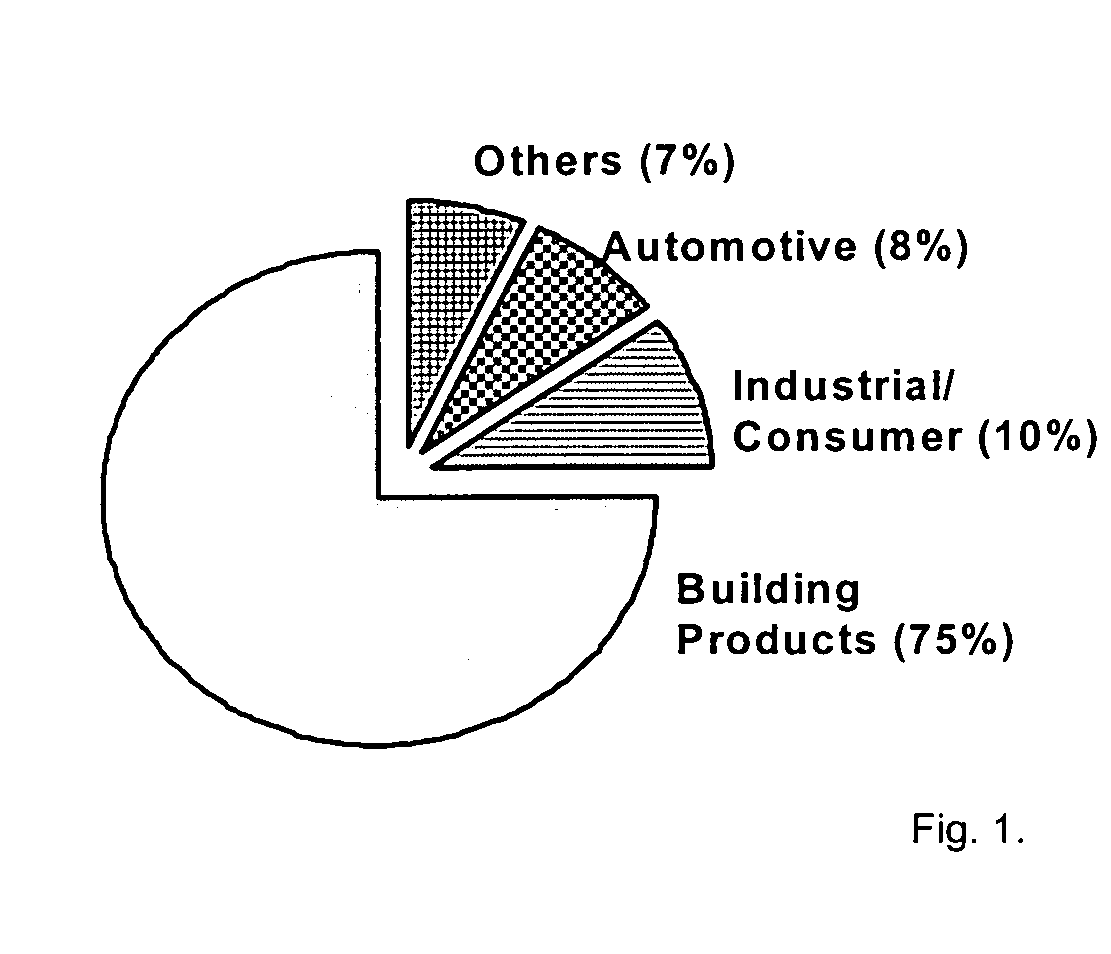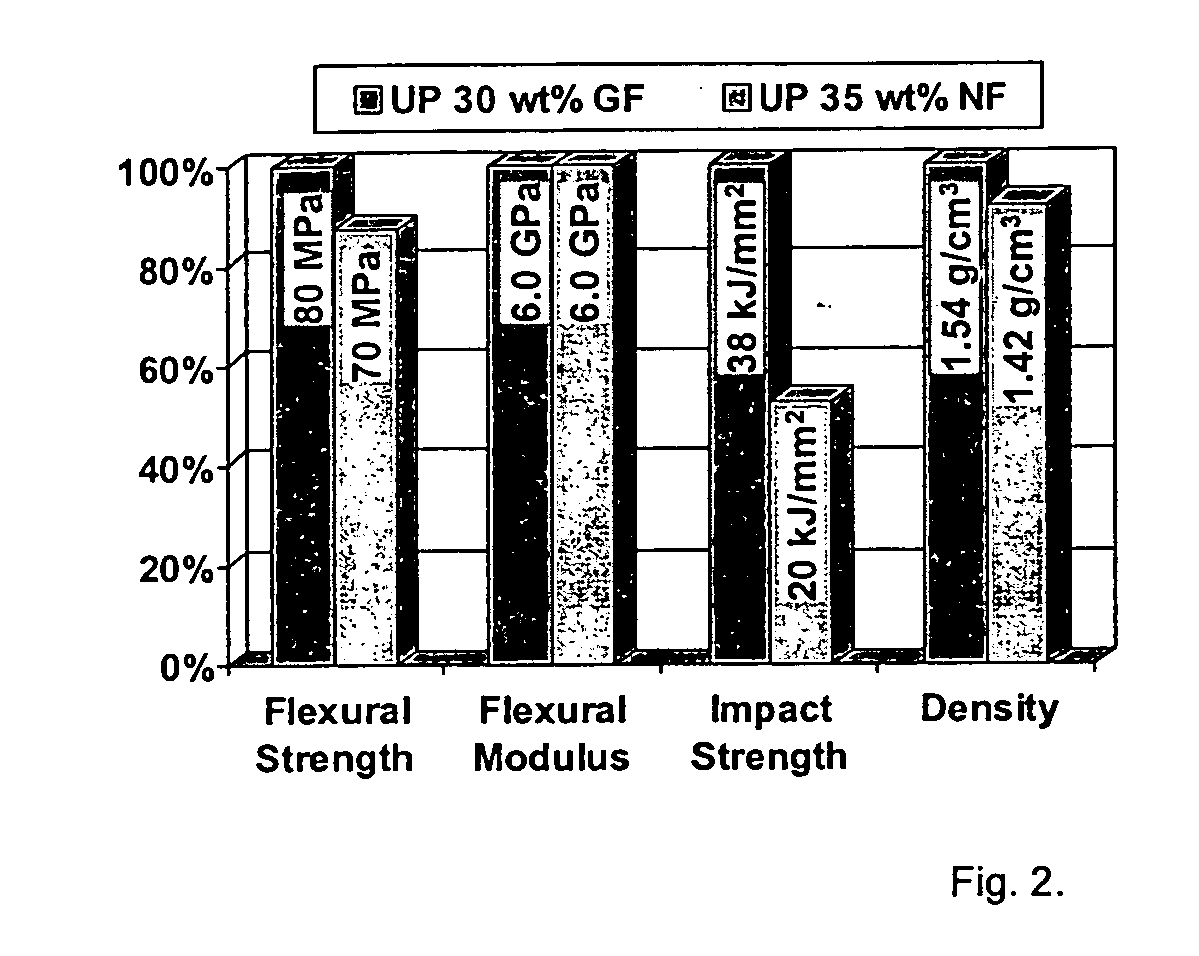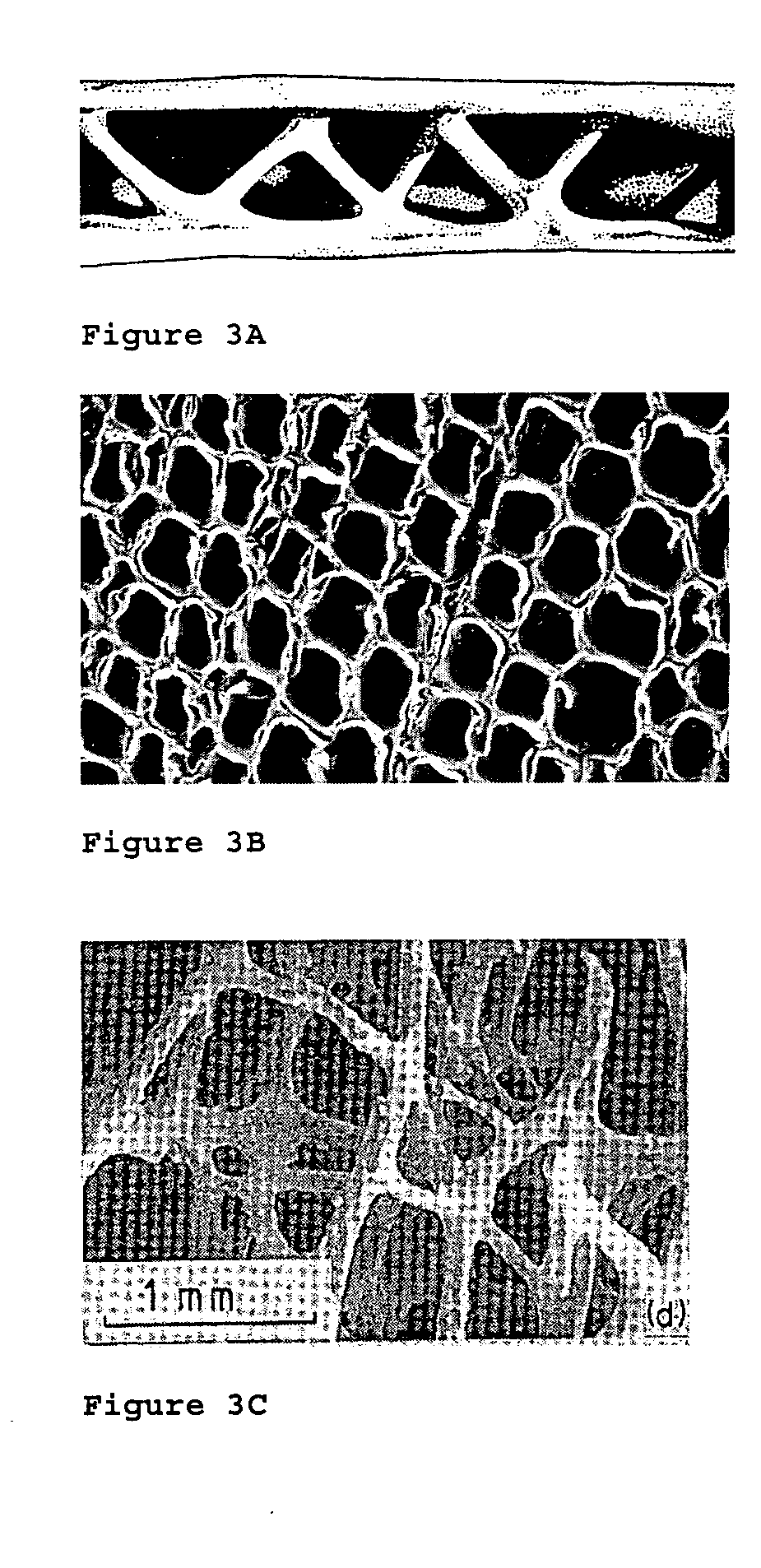Hybrid natural-fiber composites with cellular skeletal structures
a natural fiber and composite technology, applied in the field of hybrid natural fiber composites with cellular skeletal structures, can solve the problems of limited use of synthetic frp composites in non-primary or non-load-bearing applications, and reduced strength and stiffness
- Summary
- Abstract
- Description
- Claims
- Application Information
AI Technical Summary
Benefits of technology
Problems solved by technology
Method used
Image
Examples
Embodiment Construction
The invention has two main objectives: (a) to establish a minimum database for biocomposite materials to assess their current status and evaluate their feasibility for structural applications, and (b) to provide the necessary material characterization for the material systems used in the structural experimental studies. In addition, hybrid material systems using hemp fibers in combination with chopped E-glass, unidirectional carbon, and weaved jute fabrics were also investigated. In all cases, the resin system consisted of unsaturated polyester resin. The performance of the biocomposite material systems are compared with that of E-glass fiber-reinforced composites.
The macro-scale properties of the material systems were studied through ASTM material testing procedures for short fiber reinforced plastics. The evaluated properties were: tensile strength and modulus (D695), flexural strength and modulus (D790), fracture toughness (D256), thermal expansion (D696), water absorption (D5...
PUM
| Property | Measurement | Unit |
|---|---|---|
| volume fraction | aaaaa | aaaaa |
| volume fraction | aaaaa | aaaaa |
| length | aaaaa | aaaaa |
Abstract
Description
Claims
Application Information
 Login to View More
Login to View More - R&D
- Intellectual Property
- Life Sciences
- Materials
- Tech Scout
- Unparalleled Data Quality
- Higher Quality Content
- 60% Fewer Hallucinations
Browse by: Latest US Patents, China's latest patents, Technical Efficacy Thesaurus, Application Domain, Technology Topic, Popular Technical Reports.
© 2025 PatSnap. All rights reserved.Legal|Privacy policy|Modern Slavery Act Transparency Statement|Sitemap|About US| Contact US: help@patsnap.com



